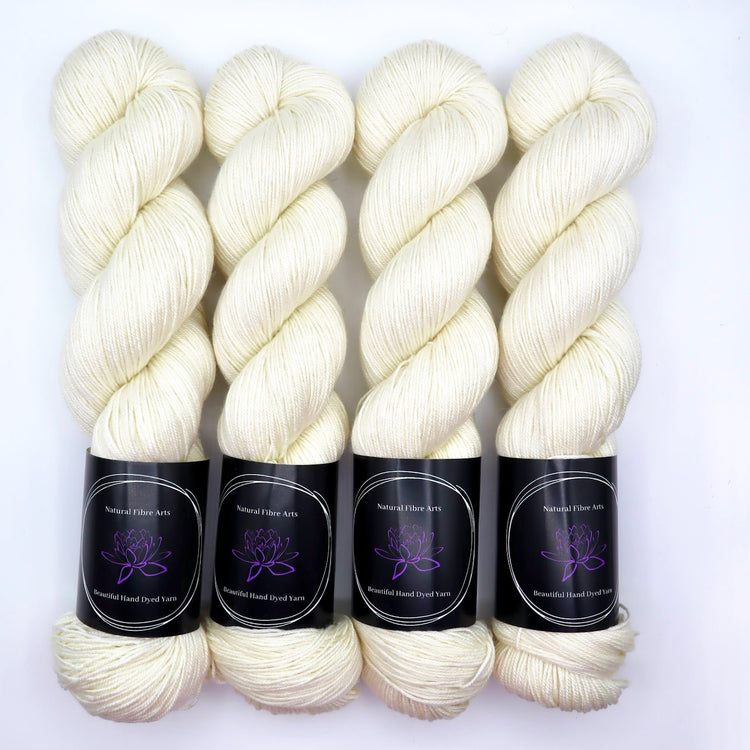The Origins and Benefits of cashmere in Creating Luxurious Clothing
The Origins and Benefits of cashmere in Creating Luxurious Clothing
Blog Article
Reasons You Must Require Cashmere a Natural Fiber for Convenience and Style in Everyday Use
In the realm of textiles, few fibers equal the high-end and convenience of cashmere. This one-of-a-kind material, recognized for its exceptional softness and insulation, gives unmatched comfort and style for day-to-day wear. What sets it apart from other fibers? Exactly how does it affect the setting and how does it contrast to artificial options? How can one best utilize cashmere to elevate their style? These fascinating concerns lay the foundation for an enlightening expedition right into the world of cashmere.
Comprehending the Extravagant Nature of Cashmere

Assessing the Comfort Aspect of Cashmere Wardrobe
What top qualities underscore the convenience element of cashmere garments? The gentleness of cashmere is the very first top quality to take into consideration. Its deluxe structure makes it seem like a second skin, giving heat without the weight or irritation related to other woollen items. Additionally, cashmere's special fiber framework permits breathability, regulating temperature and avoiding getting too hot. The product's adaptability and sturdiness guarantee that it molds against the body pleasantly, maintaining its form gradually. Cashmere's hypoallergenic properties likewise contribute to its comfort, making it a perfect choice for delicate skin. The capacity to layer cashmere pieces without bulkiness enhances the comfort factor. Fundamentally, the convenience of cashmere is acquired from its soft qualities, breathability, sturdiness, hypoallergenic nature, and convenience.

The Environmental Influence and Sustainability of Cashmere
While the comfort and elegance of cashmere are most certainly attractive, it's equally vital to consider its relationship with the setting. Cashmere production, mostly in Mongolia and China, entails elevating cashmere goats, which can significantly strain delicate meadow environments because of overgrazing. This can lead to desertification, a pushing ecological problem. The handling of cashmere, entailing dyeing and cleaning, can likewise contribute to water air pollution if not properly handled. Initiatives are being made to develop lasting cashmere production approaches, such as rotational grazing and cleaner processing strategies. While cashmere has environmental influences, its sustainability greatly depends on production techniques.
Contrasting Cashmere to Synthetic Fibers: A Cost-Benefit Evaluation
Regardless of its environmental obstacles, cashmere provides an one-of-a-kind collection find of benefits over artificial fibers. Cashmere's all-natural fibers provide unrivaled gentleness and heat, translating into convenience that artificial fibers struggle to match. Unlike artificial fibers, cashmere does not contribute to microplastic pollution, making it an extra lasting choice.
Designing Tips With Cashmere for Everyday Elegance
Having thought about the cost-benefit analysis of cashmere compared to synthetic fibers, it comes to be clear why this glamorous product is a popular choice for many. When styling cashmere for everyday beauty, simplicity is crucial. A cashmere sweatshirt, for circumstances, can be coupled with customized pants or a streamlined skirt for a stylish, put-together look - cashmere fibre. For a much more laid-back ensemble, a cashmere cardigan used over a simple t-shirt and jeans emanates simple and easy style. Accessories can even more elevate the appearance: a declaration pendant or headscarf can include a pop of color to a neutral cashmere item. Inevitably, the integral beauty of cashmere makes it a versatile enhancement to any closet, effortlessly boosting daily attire with useful content a touch of deluxe.

Final Thought
In addition, cashmere's sustainability and reduced ecological impact contrasted to synthetic fibers better improve its charm. Spending in cashmere garments is a beneficial choice for convenience, design, and sustainability.

Report this page